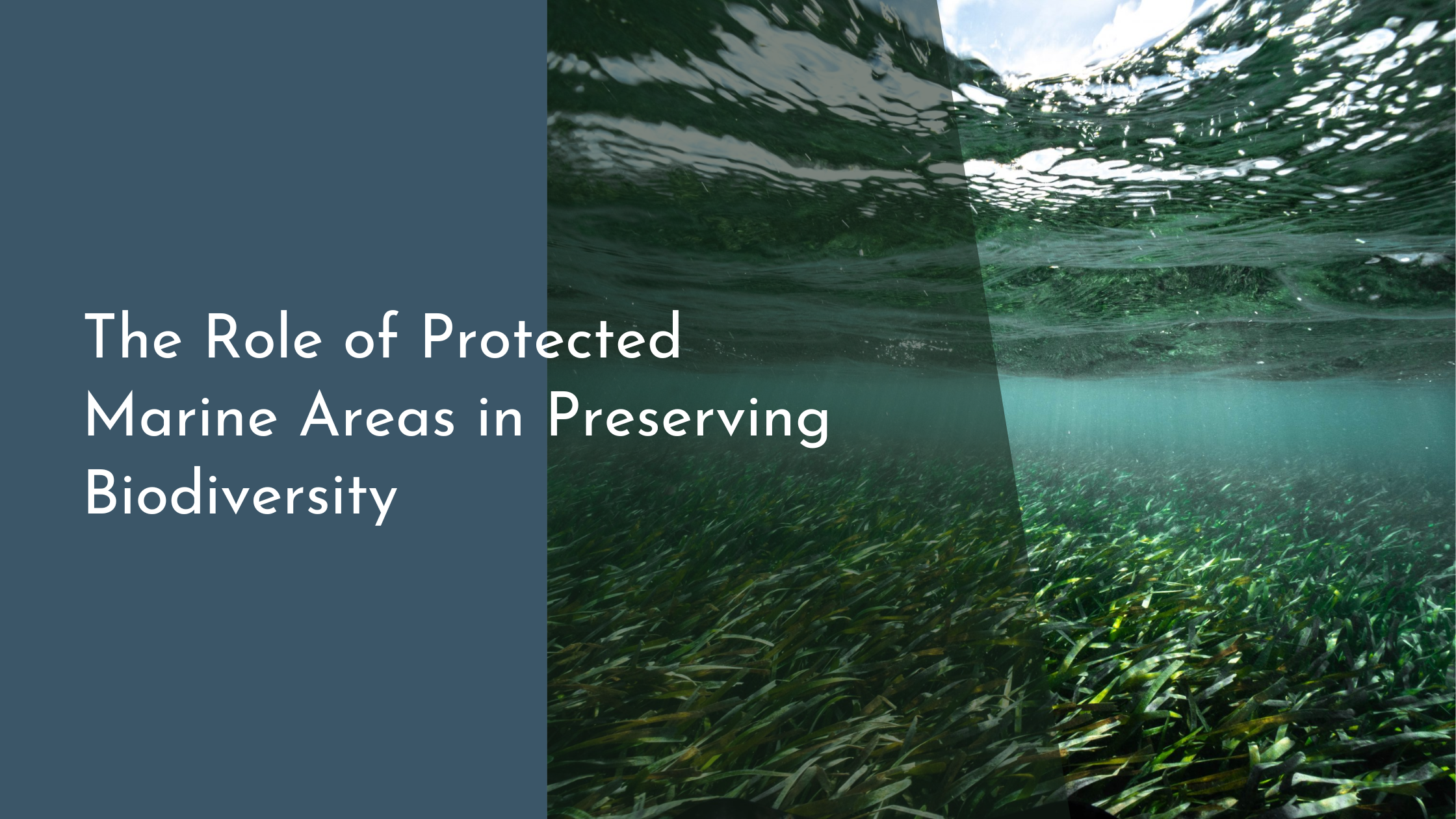The Role of Protected Marine Areas in Preserving Biodiversity
As concerns about the health of our oceans continue to grow, the significance of protected marine areas (PMAs) in preserving marine biodiversity has become increasingly apparent. These sanctuaries are not just essential for safeguarding the myriad of species dwelling beneath the waves but also for maintaining the overall health of our planet. By setting aside certain sections of the ocean as protected zones, we can nurture marine ecosystems, allowing them to flourish in their natural state. This article explores the nature and impact of PMAs, their benefits, the challenges they face, and the strategies needed to manage them effectively, offering hope for a brighter future for our oceans.
Understanding Protected Marine Areas
Protected Marine Areas (PMAs) are clearly defined geographical spaces within our oceans, seas, and other aquatic environments that are dedicated to the long-term conservation of nature. These areas are governed by specific regulations and management practices designed to protect and preserve marine life and habitats. PMAs range from no-take zones, where all forms of extraction like fishing and mineral harvesting are prohibited, to multiple-use areas where sustainable activities are allowed under strict supervision. The primary goal of PMAs is to maintain and restore the ecological balance and ensure the continued availability of ecosystem services.
Globally, PMAs play a crucial role in the conservation landscape. As of recent estimates, over 7% of the world’s ocean surface is designated as protected marine areas. Countries worldwide are pledging to expand these zones, with initiatives like the 30×30 plan that aims to protect 30% of the world’s oceans by 2030. By providing a safe haven for threatened species and vital habitats, PMAs act as bastions against the growing impact of human activities such as overfishing, pollution, and climate change.
Key Benefits for Marine Biodiversity
One of the most significant benefits of PMAs is the preservation of marine biodiversity. By limiting human interference, these areas allow for the natural replenishment of marine populations. Species that have been overfished or threatened by habitat destruction can thrive within the confines of a PMA, leading to healthier and more resilient ecosystems. This protection aids in maintaining the genetic diversity of species, which is essential for adaptation to changing environmental conditions, ultimately contributing to overall biodiversity.
In addition to fostering marine life within their borders, PMAs also have a positive impact on adjacent areas. Known as the “spillover effect,” protected zones often lead to an increase in fish populations and biomass that extend beyond their boundaries. This phenomenon can enhance local fisheries, supporting sustainable livelihoods and boosting food security for communities dependent on marine resources. Furthermore, healthy ecosystems in PMAs contribute to the regulation of climate, carbon sequestration, and the provision of oxygen, showcasing their far-reaching environmental benefits.
Challenges and Management Strategies
While PMAs hold immense potential for ocean conservation, they face numerous challenges that can undermine their effectiveness. Illegal fishing activities, inadequate funding, and lack of enforcement are common issues that plague many marine protected areas. Furthermore, climate change poses a significant threat, as rising ocean temperatures and acidification can disrupt the delicate balance of these ecosystems. Addressing these challenges requires a comprehensive approach that involves local communities, international cooperation, and scientific research.
Effective management strategies are crucial for the success of PMAs. This includes establishing clear objectives, implementing adaptive management practices, and engaging stakeholders in decision-making processes. Utilizing technology, such as satellite monitoring and data collection through autonomous drones, can enhance surveillance and enforcement efforts. Moreover, fostering community involvement and education can lead to greater awareness and support for conservation efforts. By integrating traditional knowledge with modern science, we can develop innovative solutions to protect and preserve these vital areas.
Conclusion: A Brighter Future for Our Oceans
Protected Marine Areas are indispensable in the quest to preserve marine biodiversity and ensure the health of our oceans. Despite the challenges they face, the potential benefits of these sanctuaries are substantial, offering a beacon of hope in the fight against environmental degradation. As we continue to establish and expand PMAs globally, it is imperative that we adopt innovative strategies and collaborative approaches to overcome the hurdles that stand in our way.
The role of PMAs in preserving marine biodiversity underscores the importance of proactive conservation measures. By protecting critical habitats and species, these areas serve as vital lifelines for our oceans and their countless inhabitants. With concerted effort and commitment from governments, organizations, and individuals alike, we can pave the way for a sustainable relationship with our oceans, ensuring that future generations inherit a world teeming with life and diversity.

